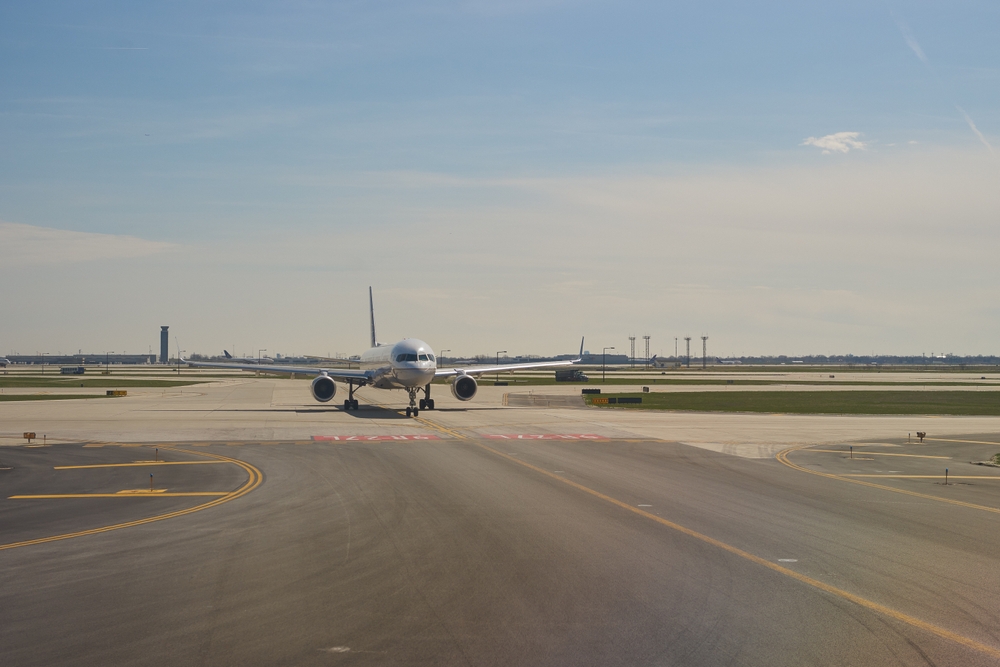A coyote ran onto the runway.
Others are reading now
Boeing planes are among the most commonly used aircraft in commercial aviation.
They are designed to handle long flights, high altitudes, and unexpected challenges.
While modern jets are built with advanced safety systems, some risks are difficult to predict. Wildlife on airport runways is one of them.
Also read
Decided to Head Back
On Sunday morning, January 12, a United Airlines flight leaving Chicago O’Hare International Airport ran into trouble before it even left the area.
As the Boeing 737-9 Max was accelerating for takeoff, a coyote ran onto the runway, according to Tag24.
The plane hit the animal but was still able to lift off. Not long after, the pilots decided to return to Chicago as a precaution.
Reports from The Aviation Herald and Fox News state that the aircraft reached an altitude of about 6,500 feet before stopping its climb.
The crew then made the decision to head back. About 40 minutes after departure, the flight landed safely at O’Hare.
A total of 167 passengers and six crew members were onboard.
No injuries were reported, and the aircraft only suffered minor damage. After inspections and any necessary repairs, the jet was ready to resume service within four hours.
Wildlife strikes are nothing new for aviation. Birds are the most common hazard, sometimes causing serious problems if they enter an engine.
Larger animals on the ground, like deer and coyotes, are a less frequent threat but can still create dangerous situations. Many airports use fences, patrols, and monitoring systems to keep runways clear.


